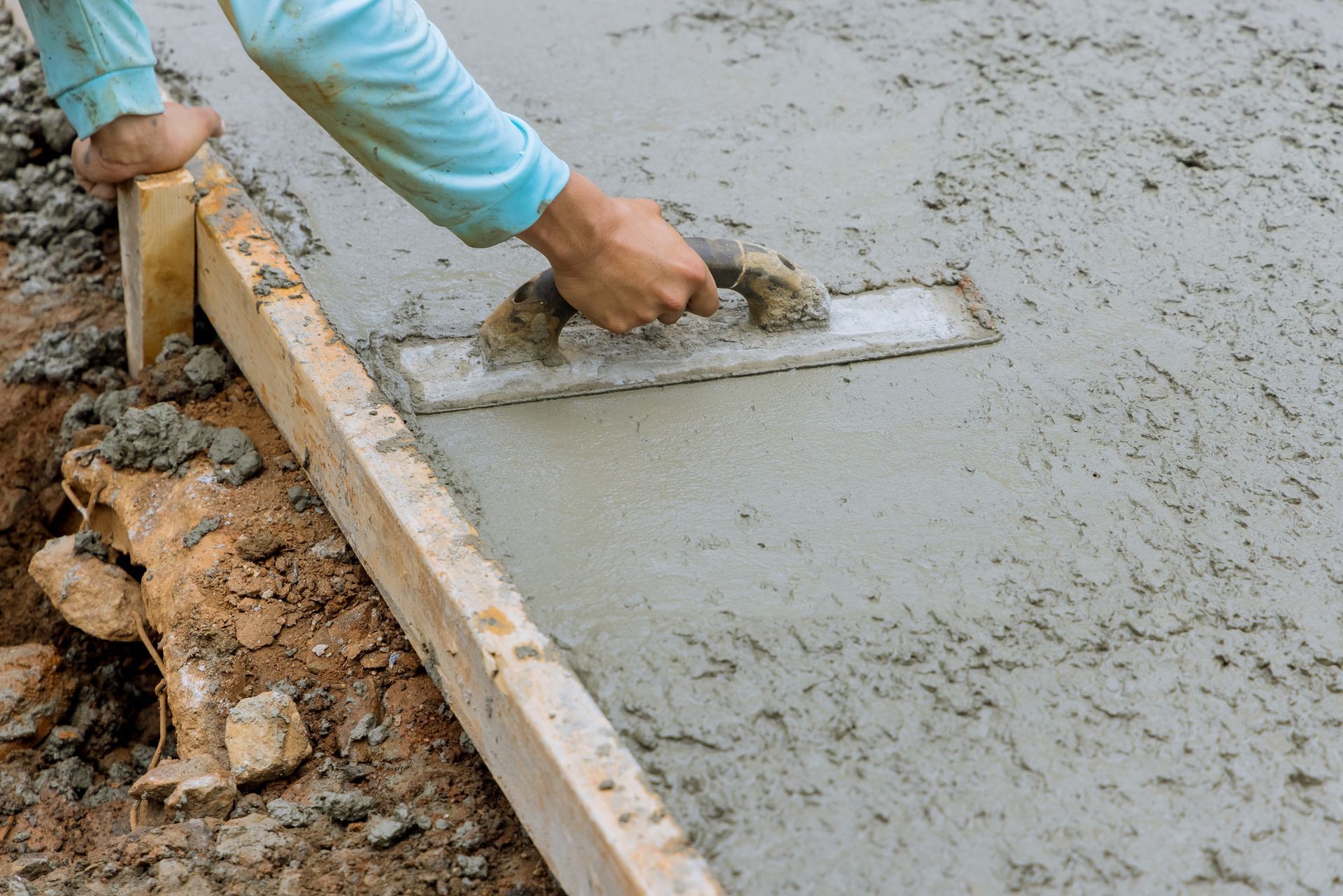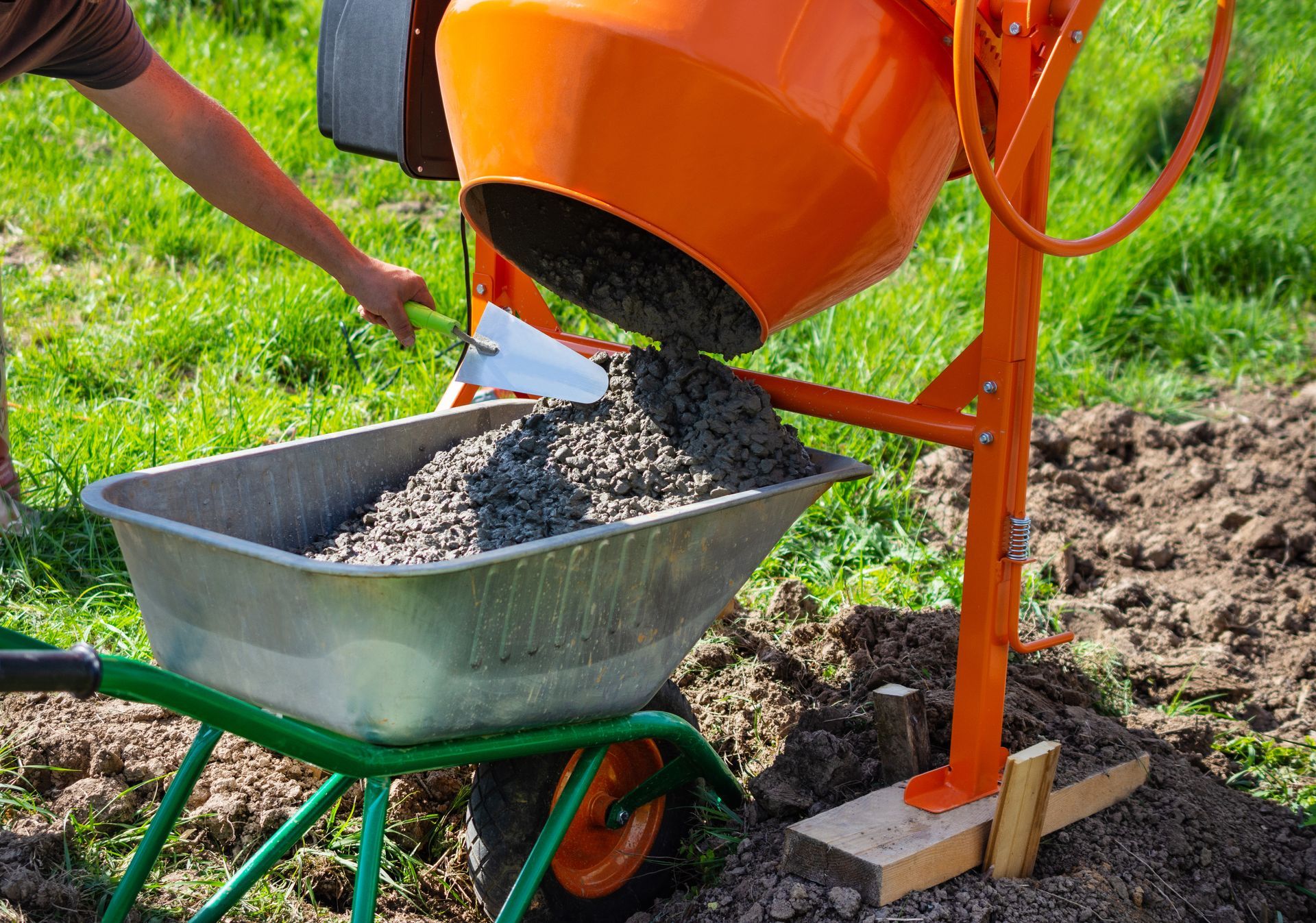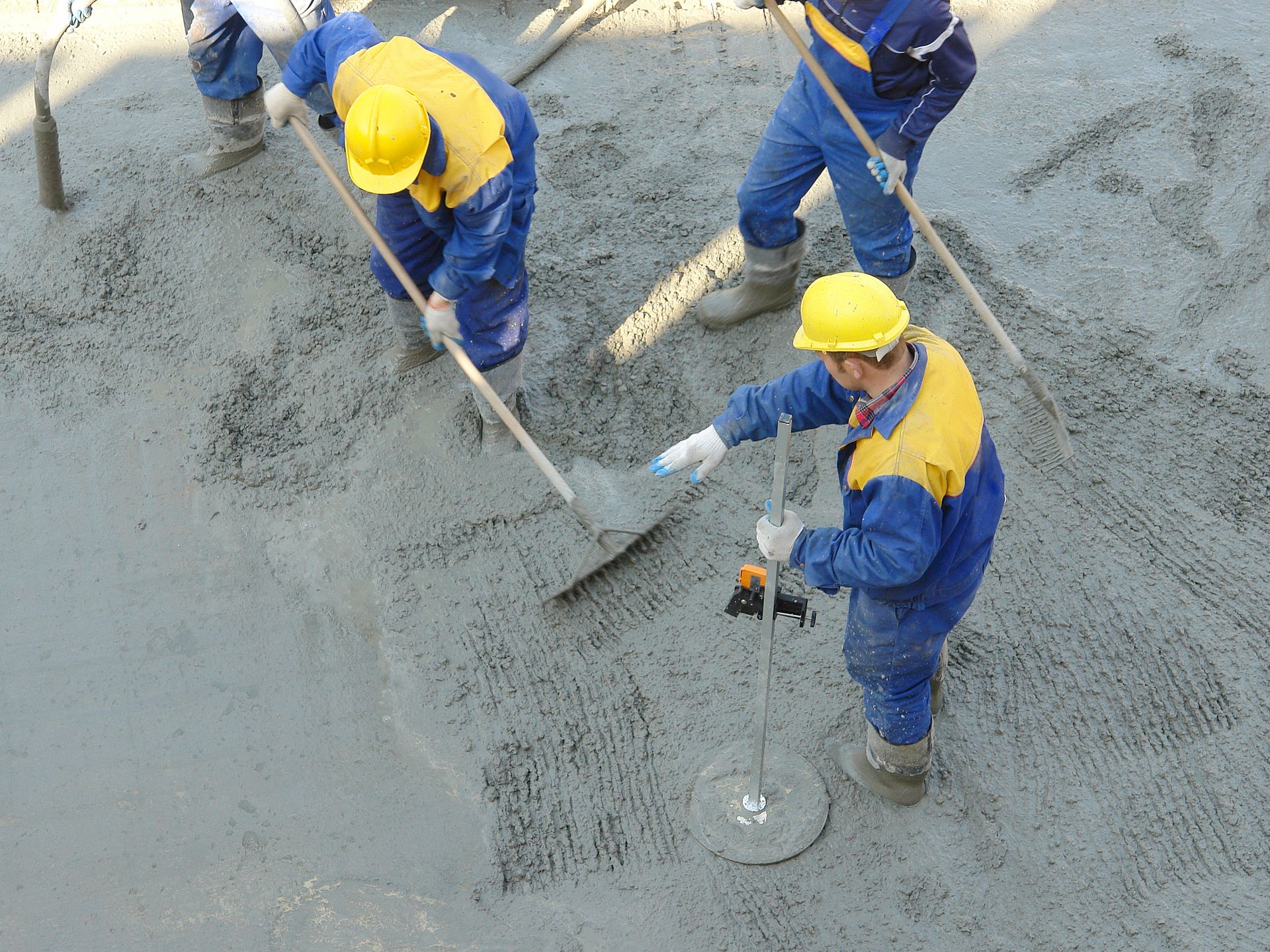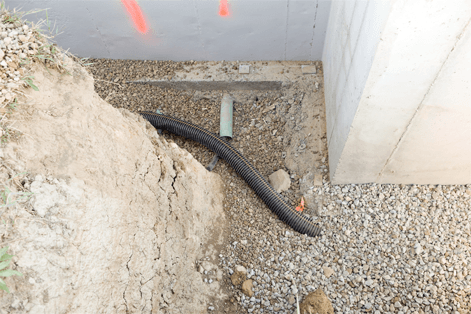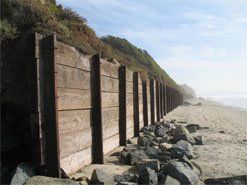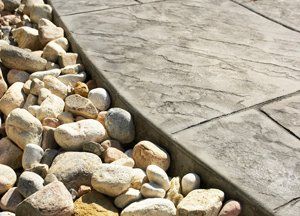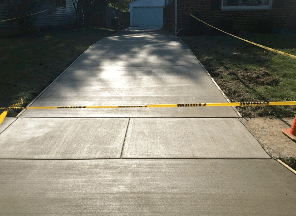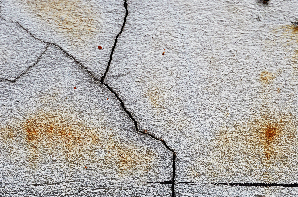CONCRETE COUNTERTOPS: ARE THEY THE RIGHT CHOICE FOR YOUR KITCHEN?
Southport Concrete Corp. • July 20, 2018
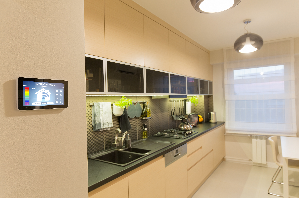
If you're hoping to replace your tired old countertops with something more modern and durable, you've likely considered popular options like quartz, granite, marble, or solid surface. However, many homeowners do not realize that concrete makes an excellent countertop and has plenty of advantages.
Just like any other countertop surface, there are specific advantages that concrete offers. How do you know if concrete is the right choice for your new or remodeled kitchen?
DESIGN
As soon as you hear the word "concrete", you mind may jump to visions of industrial warehouses, dirty sidewalks, and unfinished basements. However, concrete can actually be quite decorative if poured, stained, and finished properly. Don't pass over concrete counters because you're worried about your kitchen looking too industrial. Concrete can be made to look like:
- Wood. If you've always admired butcher block countertops but have been worried about the wear and tear, concrete is the answer. With stamps, special molds, and stain, the final finish of a wood-look concrete top will closely mimic the rich natural warmth of wood. You might not even be able to tell the difference without close inspection.
- Natural stone. With a mixtures of added dyes, aggregates, and polishing, your countertop can mimic the beauty of marble, the intensity of granite, or even the rounded roughness of worn slate. With the right sealer and polish, concrete tops can even look like glossy composite quartz.
- Recycled glass. You can order countertops made from crushed glass set into acrylic. Concrete countertops mimic this look by folding the glass pieces into the concrete. When sanded and polished, the result is very similar. You can even create patterns and control how much glass is added for a dense or sparse look.
Don't worry about concrete countertops looking too industrial. While you can choose a countertop that keeps the natural appearance of concrete, you can also go more refined with different acid washes, stains, and additions.
CUSTOMIZATION
No other countertop is as customizable as concrete, making it a great option for oddly-shaped kitchens or those who truly want a unique finish to their kitchen. You can completely control the shape of the curves, the design of the edges, the finishing textures, and the final colors. Even natural stone countertops require some conformity to availability and natural color and texture variations.
Your professional concrete contractor
can help you choose custom stains and aggregates for the look you want.
DURABILITY
When properly sealed, a concrete countertop is durable. But how does it stand up to scratches, heat, stains, and spills?
Concrete does not scratch easily. Think of a concrete floor or patio—it weathers elements easily. That being said, you still always use a cutting board with concrete. You can mar the finish of your countertop, and cutting on concrete will ruin your knives.
Think of your concrete countertops as indestructible, but remember that the sealer is not as strong. Generally, concrete countertops are sealed with epoxy, polyurethane, acrylic, or wax. Each sealer has pros and cons, but no sealer is perfect. Sealers will perform poorly with exposure to acid, like lemon juice. You'll need to wipe up spills quickly to protect the finish.
Heat will not harm your concrete, so you won't have to worry so much about hot pans. However, some sealers can weaken with exposure to heat, so refraining from using a pot holder could reduce the life or change the color of your sealer, requiring you to seal your countertops more often.
Finally, you should remember that while durable, concrete is porous. Sealers slow stains, but you should not allow grape juice, wine, or tea spills to sit on the counter without wiping them up. It can lead to blemishes in the concrete.
Generally, concrete countertops are simple to maintain—any countertop material (even granite) requires care of ownership and attention to detail to stay looking fresh and beautiful.
For more information on choosing and pouring a concrete countertop, contact us at Southport Concrete Corp.
